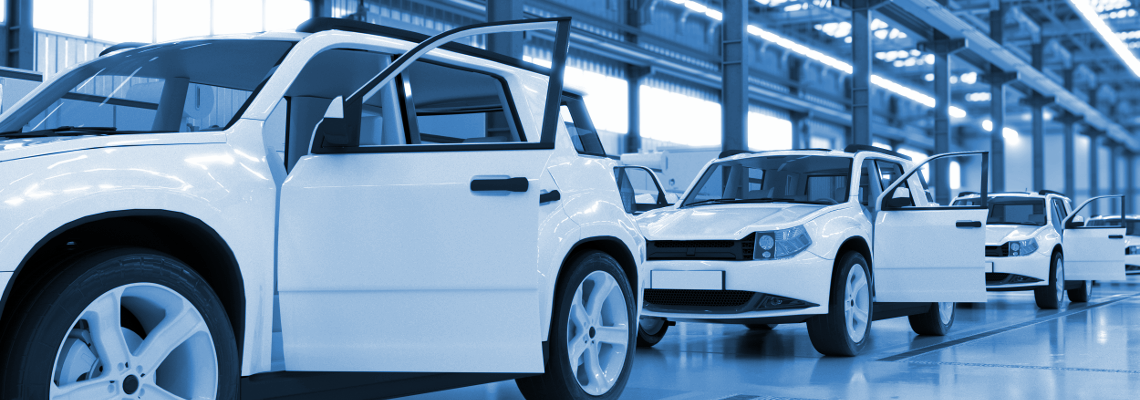How Does Market Brace for Low Speed EV Impact?
By August 12, after 20 days of product launch, SGMW’s MINI EV will hit a sales record of 15,000 vehicles, making it the world’s fastest car model reaching the threshold of 10,000 units.
Source: D1 EV Read The Article

PSR Analysis: Consider BYD’s electric bus, SGMW’s MINI EV, as well as premium car brands like Tesla: These traditional and emerging automotive OEMs are reformulating rules of the auto game, with their own proprietary technology.
As a matter of fact, it’s not just the automotive market that needs to brace for the impact of electrification, the off-road market also is trending toward electrification. The changing markets include passenger car, light commercial vehicle, medium and heavy duty vehicle, forklift, and lawn mower. Will this wave continue to expand to other off-road applications? How much more will it change the rules of the game? PSR
Qin Fen is Business Development Manager for Power Systems Research






